
To chill, or not to chill? It’s an age-old question and one I get asked every year in the lead up to spring bulb planting. Fortunately, we’ve got some experience with this.
Our family business (which includes New Zealand’s largest and longest established mail order bulb supplier – NZ Bulbs) is celebrating 60 years this year of growing bulbs. That’s a lot of experience with bulbs! And we also grow nearly half a million tulips each year.
So, what’s the answer? Yes – you may need to chill your spring flowering bulbs, but only tulips and hyacinths. And it’s only essential if you experience fewer than five frosts a winter. But even if you do get enough natural chilling in winter, fridge chilling can still give benefits – taller stems and earlier flowering.
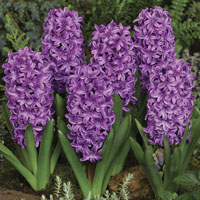
Haven’t got your bulbs yet? There’s still plenty of time. Visit our online shop to easily view and order from our extensive range of not only tulips and hyacinths, but anemones, ranunculus, freesias, daffodils and more.
Now, back to why you need to chill certain bulbs. Tulips and hyacinths are native to areas which experience quite cold winters and they need this cold period for the bulb to complete the development of the flower bud deep inside. Sure signs you should have chilled your bulbs are if they produced unusually short stems or the bulbs failed to flower at all.
Done correctly, chilling your tulips and hyacinths will result in perfect spring flowers. Here are my tips for optimal bulb chilling:
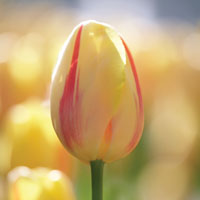
- Don’t start chilling until late March – too early and you’ll stunt the flower bud development.
- Use a paper bag. It’s very important the bulbs can breathe and plastic bags cause sweating and rot may develop.
- Keep the bulbs to the side of the fridge, not at the back where the cooler plate may ice up and damage them, or where condensation may cause mould to develop.
- Never put bulbs in the freezer! The freezer is too cold and will kill your bulbs.
- Keep fruit out of the fridge while you’re chilling your bulbs. Ripening fruit releases a gas called ethylene which can cause severe damage to the developing flower bud in the bulb. If you can’t keep fruit out of the fridge, include an ethylene-absorbing sachet (available on our website) in the bag with the bulb. This will prevent ethylene damage and suppress mould growth (they’re actually really good in the vege compartment too, to make your veges keep longer).
Once you’ve chilled your bulbs for around eight weeks it’s time to start planting in mid to late May when soil temperatures are cooler.
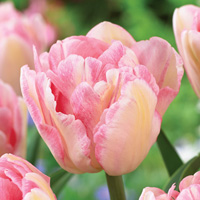
Before you plant, work the soil with a fork to a depth of 25cm. This is deeper than the bulbs need to be planted but will allow their new roots to easily push further into the soil. Then plant your bulbs around 15cm deep – it’s cooler down there. Once planted give your bulbs a light watering.
In cooler parts of New Zealand you can plant tulips and hyacinths successfully in pots, but because pots warm up so quickly, even in winter, I don’t recommend them for warmer areas.
Apply a bulb fertiliser (available from your local garden centre) once the shoots emerge, water well and you can expect your bulbs to put on a spectacular show come spring.
By Paul Hoek, NZ Bulbs – www.nzbulbs.co.nz
- Subscribe to the NZ Bulbs email newsletter to stay up to date. Click here to subscribe.
- Sign up for a printed catalogue. Click here to request a printed catalogue.







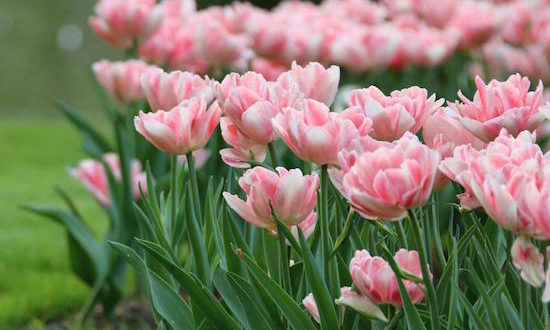

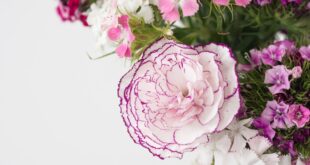
Join the Discussion
Type out your comment here:
You must be logged in to post a comment.